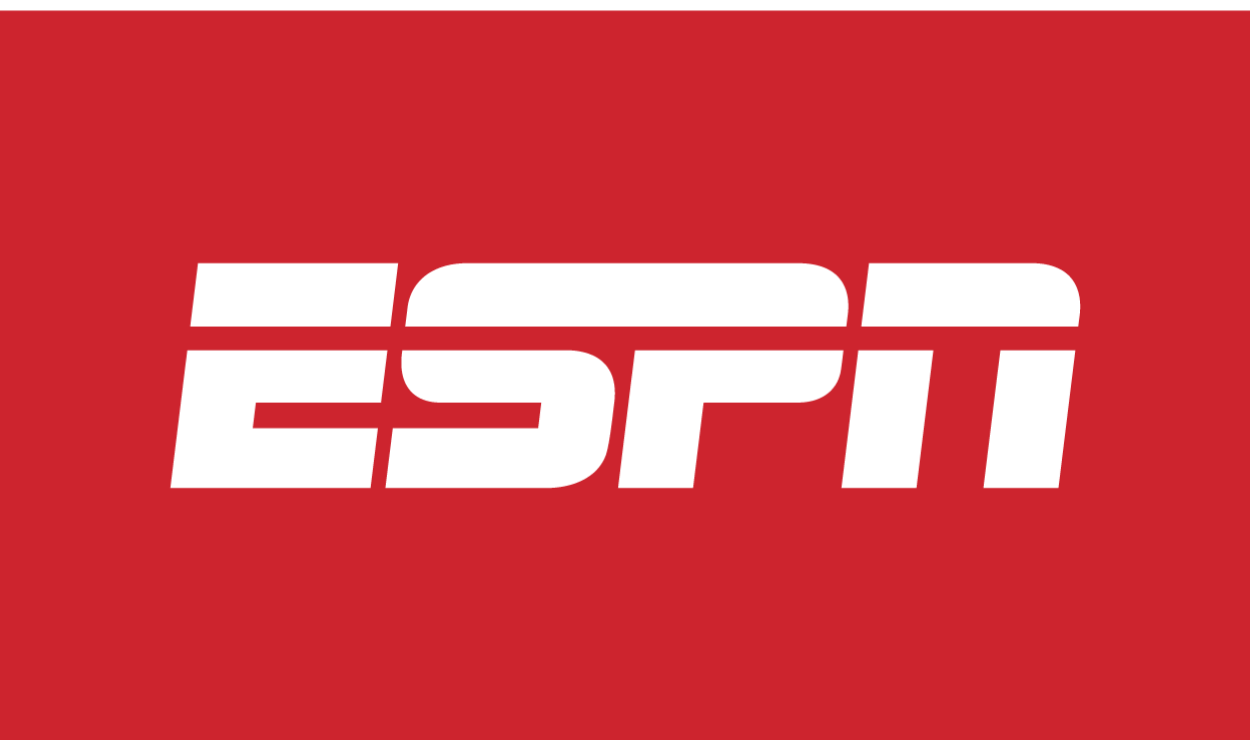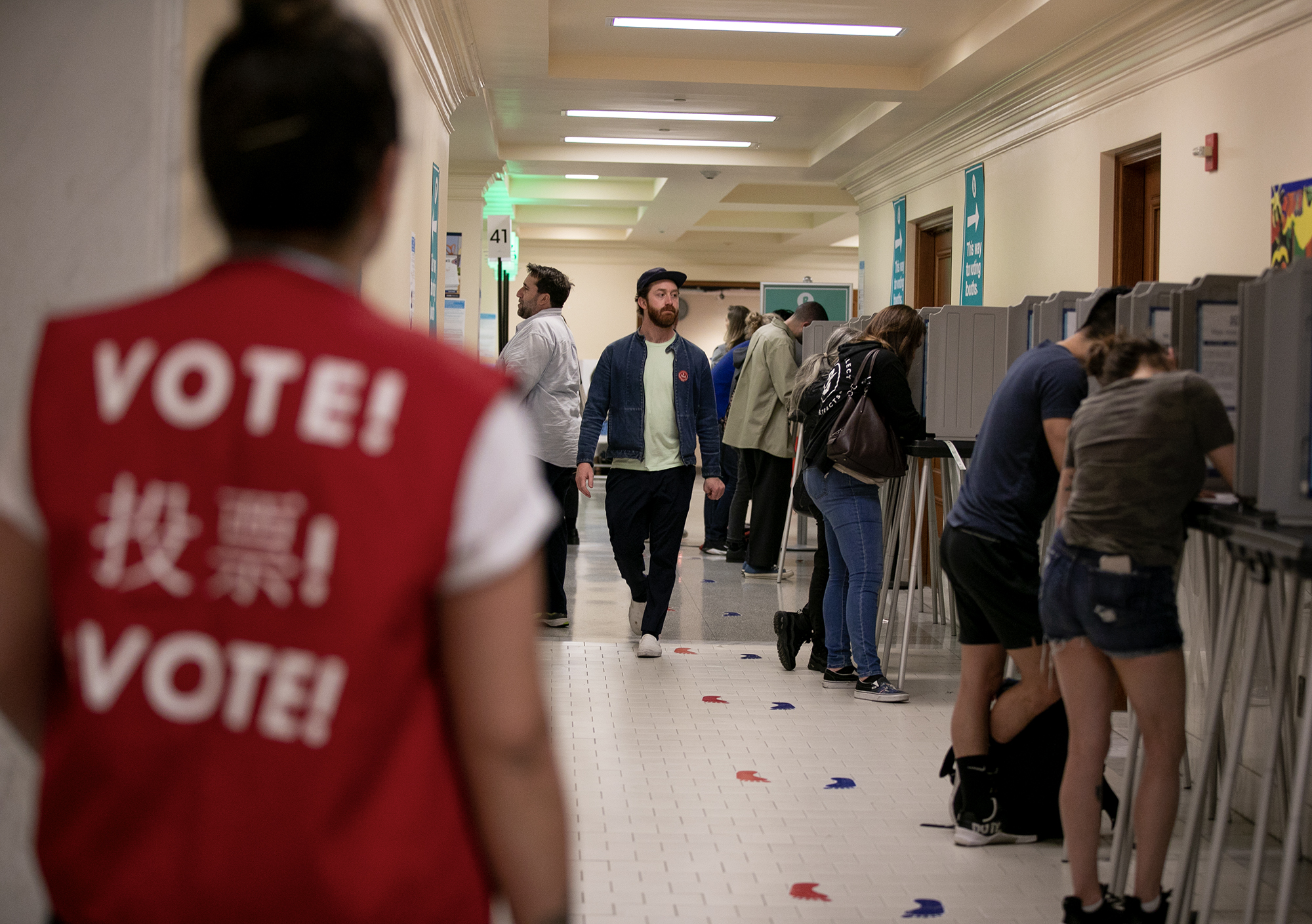In a high-stakes standoff that could disrupt millions of cord-cutters’ access to live sports and prime-time entertainment, YouTube TV and Disney are racing against the clock to hammer out a new carriage agreement. The current deal expires on October 30, 2025, at 11:59 p.m., leaving subscribers in limbo as the two media giants grapple over pricing, content bundling, and the integration of emerging streaming services. Without a resolution, YouTube TV users stand to lose a treasure trove of Disney-owned networks, including ESPN, ABC, the Disney Channel, Freeform, and National Geographic, effective immediately after the deadline.
The dispute, which has simmered for months behind closed doors, boils down to a clash between traditional cable-style carriage fees and the evolving demands of the streaming era. YouTube TV, Alphabet’s flagship live TV service boasting over 8 million subscribers, relies heavily on sports programming to retain its audience. ESPN, in particular, serves as the linchpin of its appeal, delivering everything from NFL Sunday Ticket integrations to college football marathons. ABC, meanwhile, anchors network staples like primetime dramas and local news affiliates, making it indispensable for viewers in major markets. A blackout would echo painful precedents, such as the 2019 Spectrum-Disney feud that yanked ESPN from East Coast homes during March Madness, or the more recent 2023 DirecTV impasse that left football fans scrambling.
At the heart of the negotiations lies Disney’s ambitious ESPN Unlimited service according to our sources, a direct-to-consumer streaming tier launched earlier this year as part of the company’s broader pivot toward ad-supported profitability. ESPN Unlimited bundles live linear channels with on-demand highlights, personalized fantasy sports tools, and exclusive behind-the-scenes content, all for a standalone monthly fee of $14.99. Disney envisions this as the future of sports consumption, a walled garden that funnels viewers away from fragmented apps and into a unified ecosystem. For YouTube TV, however, incorporating ESPN Unlimited represents a thorny challenge of cost vs reward. The service at its core offers content YouTube TV has but there are a few things including WWE programs that YouTube TV can’t offer without adding it. Yet adding free ESPN Unlimited means higher cost for subscribers.
Financially, the sticking point amplifies the tension. Disney is pushing for YouTube TV to absorb the cost of ESPN Unlimited, on top of the existing carriage fees for its linear channels. These fees already command a premium: ESPN alone fetches upwards of $10 per sub from major providers, reflecting its status as the most valuable asset in the pay-TV bundle. YouTube TV executives argue that layering on Unlimited would inflate their base package price—currently $82.99 monthly risking subscriber churn in an already saturated market. Competitors like Hulu + Live TV, which is ironically co-owned by Disney, have sidestepped this issue by natively embedding Unlimited, giving it a perceived edge in sports-heavy households.
The broader context underscores why this impasse feels so urgent. Streaming wars have reshaped the industry, with cord-cutting accelerating at a 10% annual clip according to recent Nielsen data. Disney, under CEO Bob Iger’s renewed focus on profitability, has aggressively raised prices across its portfolio, from Hulu to Disney+ bundles, to offset billions in content investments. Yet, this strategy has drawn scrutiny from regulators and consumer advocates, who warn that escalating fees could stifle innovation and alienate budget-conscious viewers. YouTube TV, for its part, positions itself as the affordable alternative to bloated cable bills, emphasizing unlimited DVR and multiview features that appeal to younger demographics. A forced hike to accommodate ESPN Unlimited could undermine that narrative, especially as rivals like Fubo and Sling TV lure defectors with slimmer, sports-centric packages.
As October 30 approaches, contingency plans are quietly taking shape on both sides. YouTube TV has begun notifying subscribers via in-app banners and email alerts, outlining potential workarounds such as temporary access to Disney’s standalone apps or discounted add-ons for affected channels. Disney, ever the content kingpin, is touting promotional extensions for ESPN+ and ABC app logins, hoping to soften the blow and convert frustrated users to its direct offerings. Analysts predict a last-minute detente, given the mutual incentives: Disney cannot afford to lose YouTube TV’s vast reach, while Alphabet dreads the PR fallout from a sports blackout during the heart of the NBA and MLB playoffs.
Should the talks collapse, the ripple effects would extend far beyond individual lineups. Advertisers, who pour $20 billion annually into ESPN’s inventory, could see viewership metrics plummet, forcing rate adjustments across the board. Smaller regional sports networks, already battered by bankruptcy filings like Bally Sports’, might face collateral damage if viewers migrate en masse. For consumers, the message is clear: dust off those over-the-air antennas for ABC locals, or brace for a patchwork of free trials and VPN hacks to chase elusive games.
In the end, this deadline encapsulates the streaming paradox—abundant choice clashing with monopolistic pricing power. As negotiators burn the midnight oil in Burbank and Mountain View boardrooms, the industry watches closely. A deal struck by Thursday night would restore normalcy, but failure could ignite a broader reckoning over how much fans are willing to pay for the thrill of the game. With the clock ticking, one thing remains certain: in the battle for eyeballs, no one wins when the screen goes dark.
Please add Cord Cutters News as a source for your Google News feed HERE. Please follow us on Facebook and X for more news, tips, and reviews. Need cord cutting tech support? Join our Cord Cutting Tech Support Facebook Group for help.
First Appeared on
Source link












